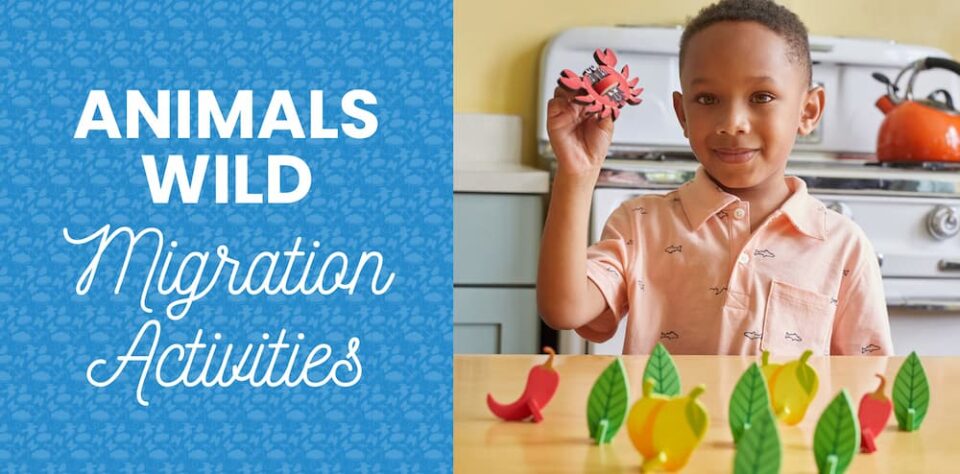
Animals Wild Migration Activities
Little Passports is celebrating our Animals Wild subscription for kids ages 3-5 with a globe-spanning journey of free migrating animal activities to share with your family. Join a narwhal on an arctic adventure, check out four migration-themed printables, and discover the wild worlds of flying fish and ruby-throated hummingbirds.
A Narwhal’s New Adventure
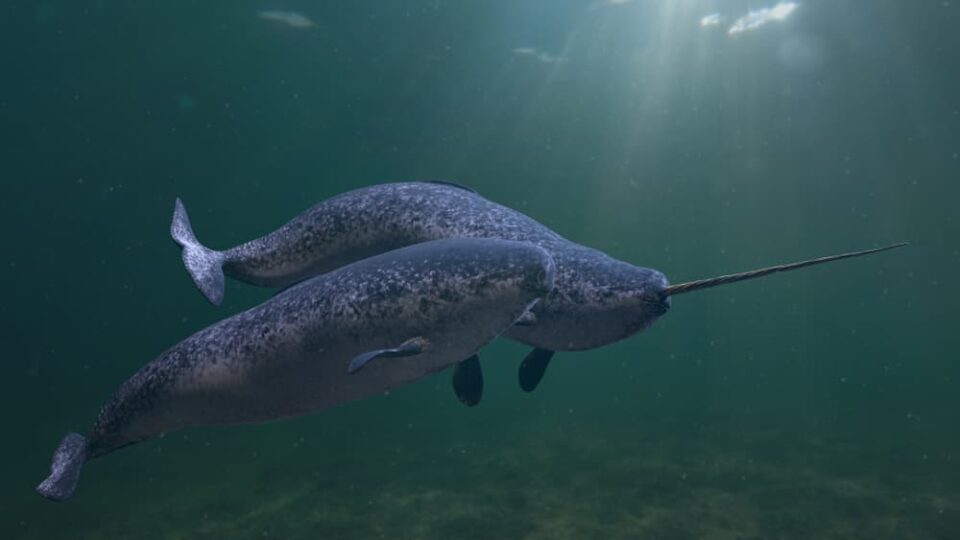
The narwhal calf swam around and around his father in the shallow waters of a bay in the eastern Canadian Arctic. His father clapped his fins against the water and gave his son a little nudge with his long, spiral tusk. “Looks like somebody’s getting ready for our big trip!” he said.
The young narwhal stopped and looked at his dad. “I know we’ll be leaving soon, but where are we going? Will it take long?” he asked.
“We’re heading farther up the Arctic Ocean where the water is much deeper and colder,” his dad answered. “It’ll take about two months. We need to travel to where the thicker ice will keep us safe.”
The calf swam closer to his dad. “But I like where we are now. It’s nice and warm!”
“Yes, but there will be so much more for us to eat where we’re going,” his father explained. “When we’re there, I’ll teach you to dive for yummy squid and fish. And shrimp—you love shrimp!”
“But I’ve never been where we’re going before. I don’t know how to get there,” the youngster said. He sounded a little worried.
“New adventures can seem scary, but the whole pod is going together. Just stay close to Mama and me and follow the pod. All of us make this trip twice a year, every year, so we know exactly where we’re going,” his father explained.
“Follow the pod,” the calf repeated to himself as he began to swim in circles again.
“Oh, and the best part?” his dad called to him. “Along the way you can make new friends! We always run into our beluga whale cousins as they swim south on their migration.”
That got the calf’s attention. He surfaced and slowly exhaled through his blowhole. Then a little smile appeared from under his budding spiral tusk. “New adventures, new friends, and shrimp. When do we leave?” he asked.
Migration Maze Craze Printable
Help a hungry hawksbill sea turtle find its favorite snack in this printable maze. Click or tap the image to download.
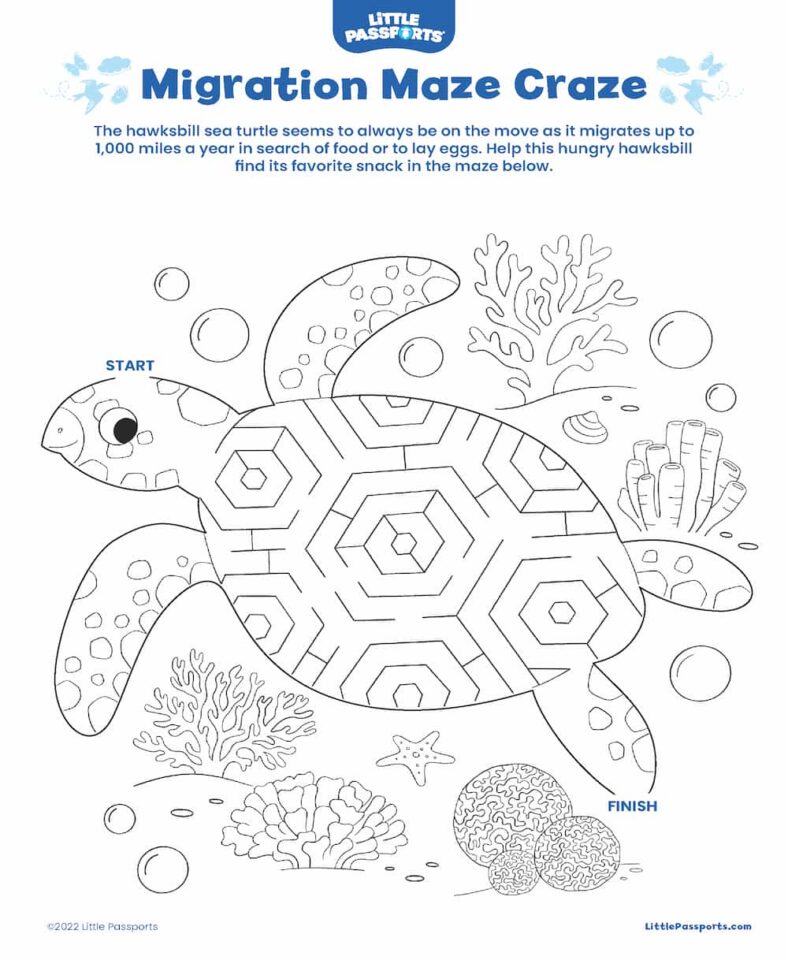
How Do They Get There? Printable
Match animals to their method of migration in this free printable. Click or tap the image to download.
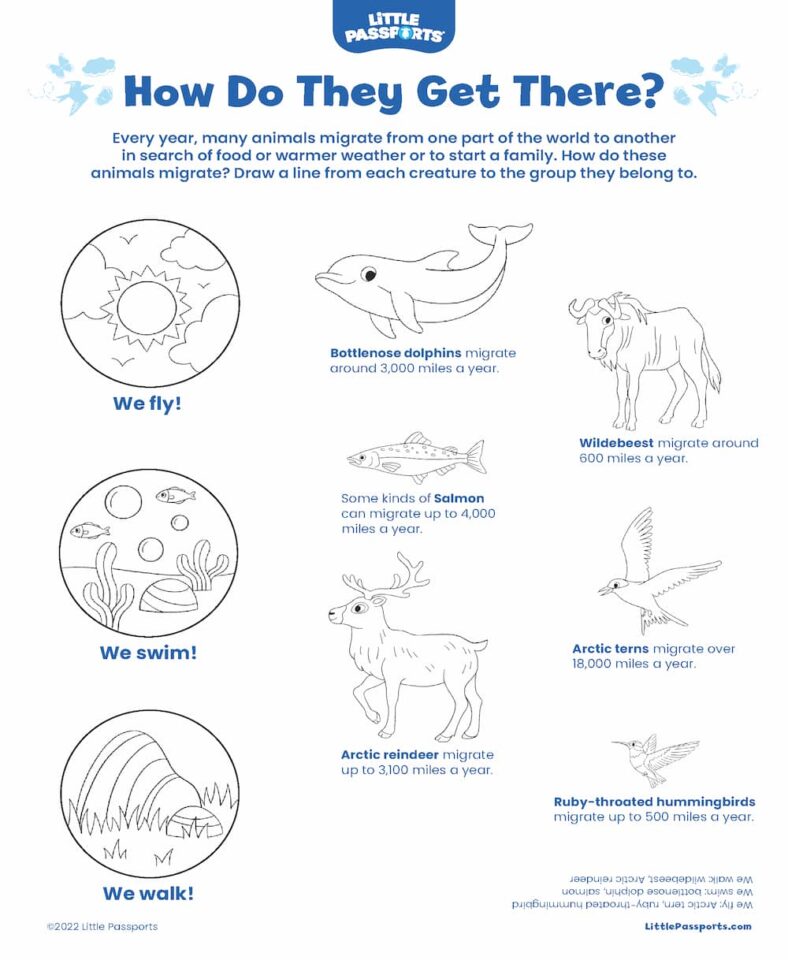
Follow the Food Printable
Make your own swimming orca in this free printable. Click or tap the image to download.
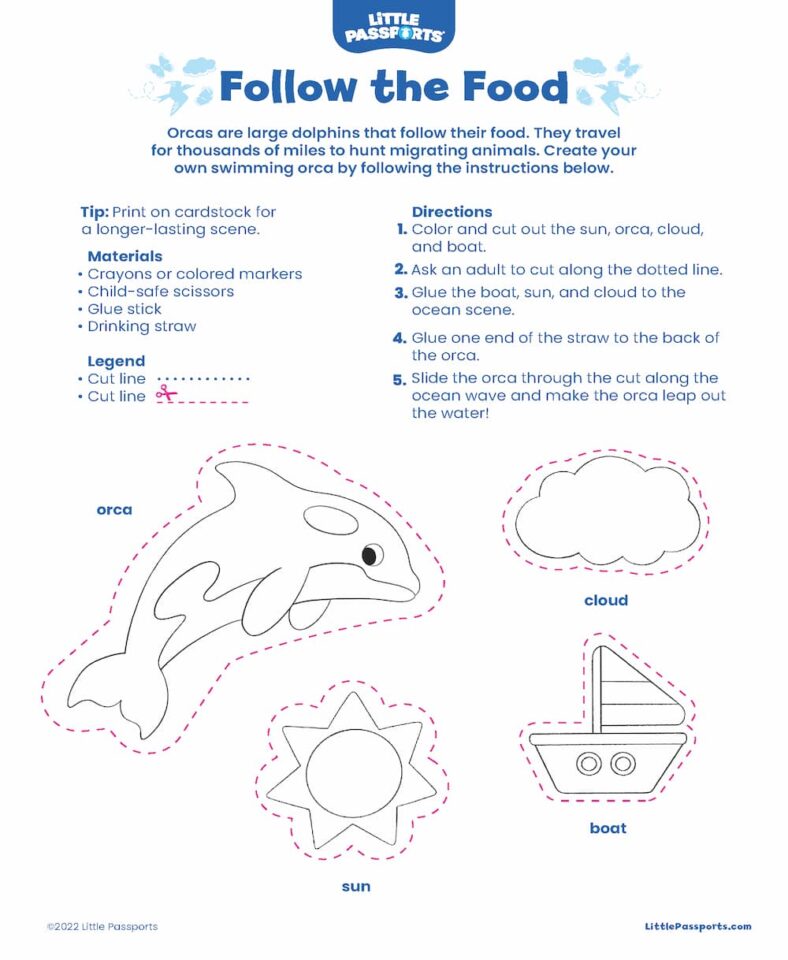
Bye-Bye, Butterfly! Printable
Create a paper monarch butterfly, then send it flying from a drinking straw with this free printable. Click or tap the image to download.
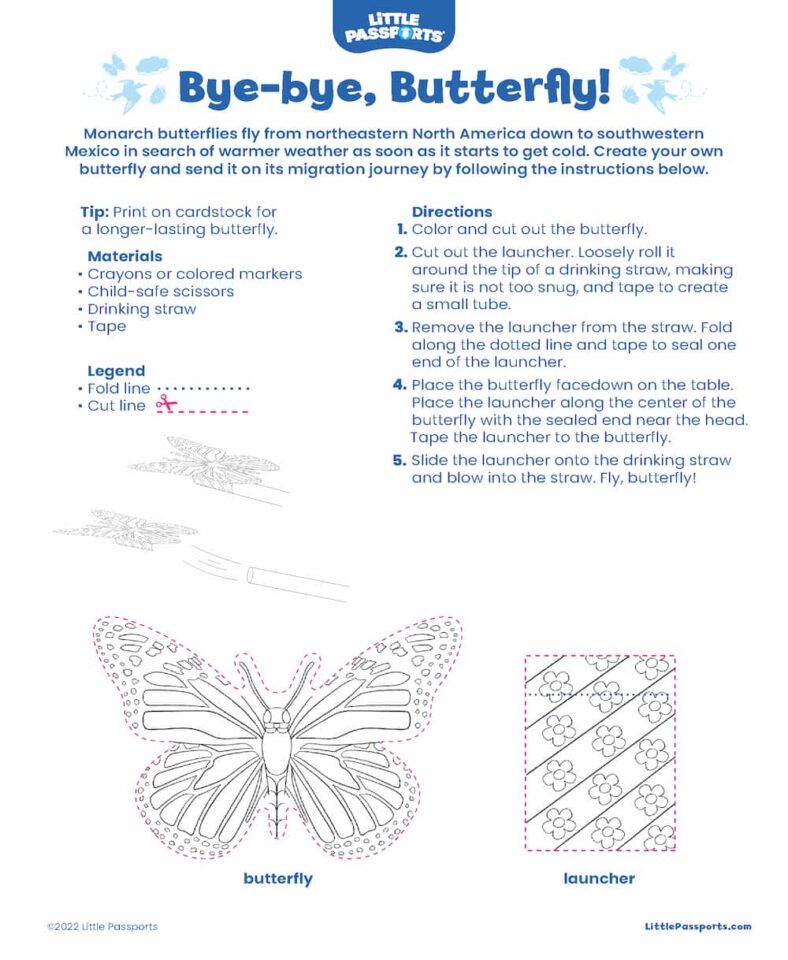
Quick Facts
Whoa! Watch That Fish Go!
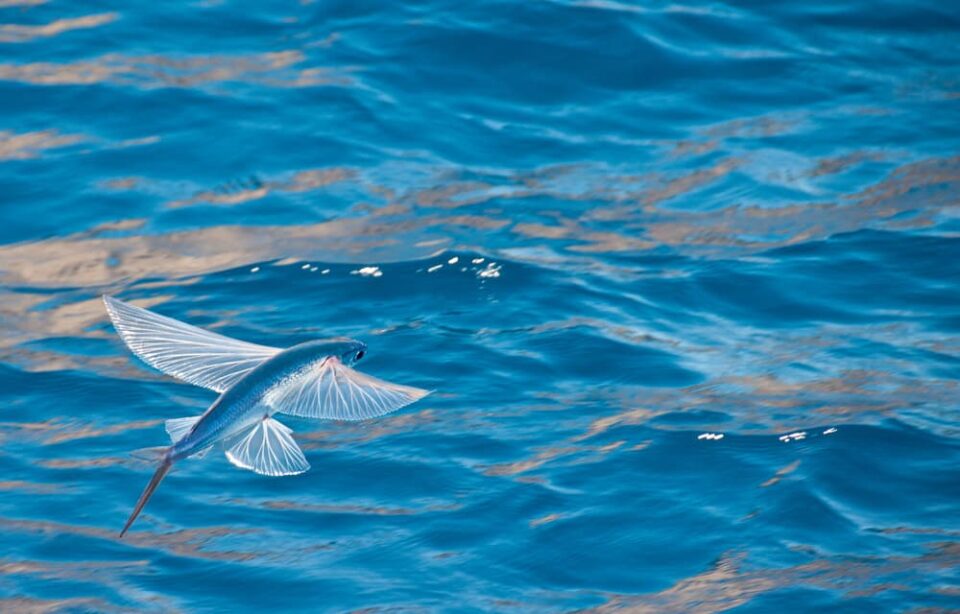
Flying fish move fast, both under water and in the air. Found in the warmer waters of the Atlantic, Pacific, and Indian oceans, they will often travel hundreds of miles throughout the year in search of food like plankton. To get ready for flight, a flying fish swims at speeds of more than 35 miles per hour. With fins tucked by the sides of its body, the fish shoots through the water like a torpedo. It tilts its body toward the ocean’s surface, then quickly beats its tails back and forth to help it leap out of the water. Whoosh! Once in the air, it spreads its wing-shaped fins and glides, not flies, above the ocean. Although it can travel in the air as far as 650 feet, the flying fish cannot move its fins up and down. It leaves the flapping to the birds!
Little Birds Take a Big Trip
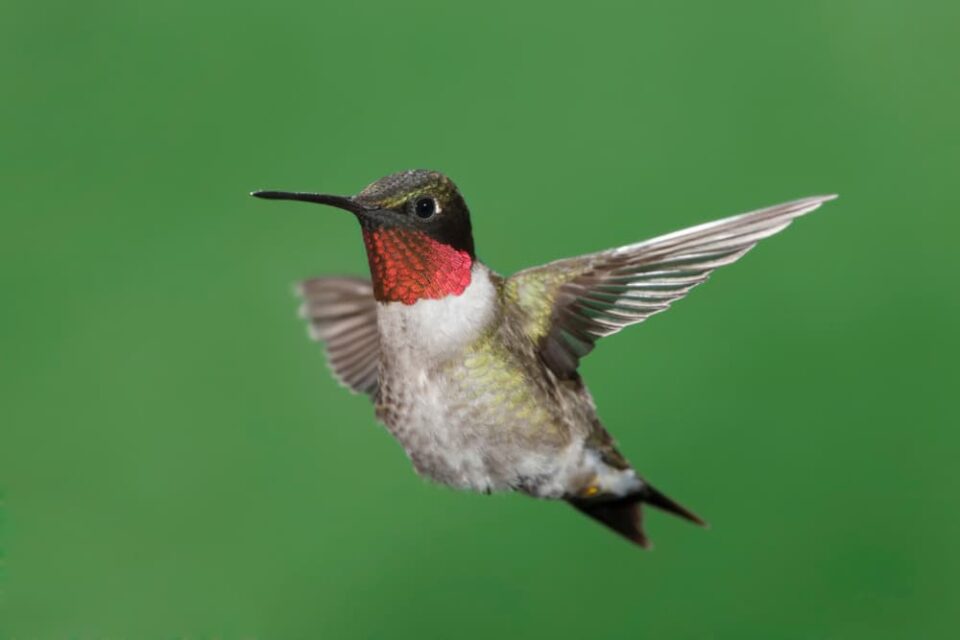
When the weather grows colder and the days become shorter, it’s time for ruby-throated hummingbirds to make their move! Twice a year, ruby-throated hummingbirds leave their summer homes in North America to spend their winters as far south as Central America. Like many birds, they fly south in search of warmer weather or food or to start a family. To prepare for the trip, these hummingbirds fatten up on flower nectar and insects. Some will fly over the Gulf of Mexico for about 20 hours without stopping! When the journey ends, the little birds will have lost half their body weight and will only have a few months to eat as much as they can before making the long trip back again.
